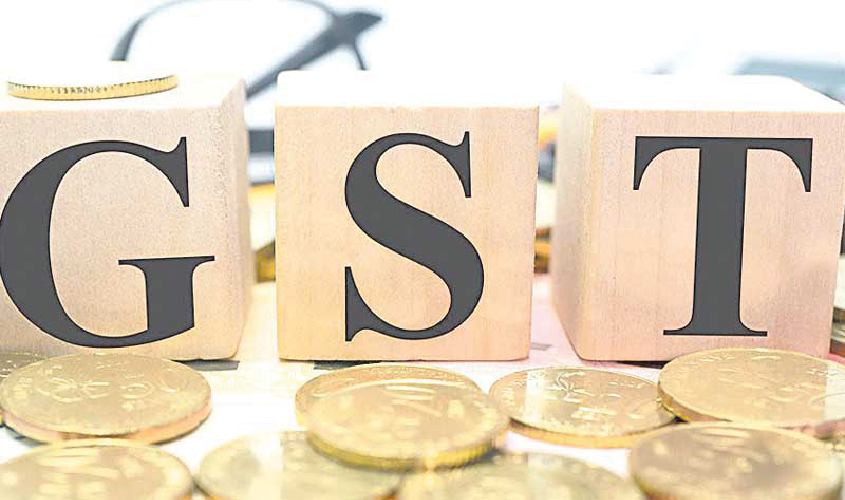The data analytics used by the Goods and Services Tax Network (GSTN) has made it virtually impossible to escape any mismatch in filing GST return. Officials handling the GST network have detected mismatch in 34% of the total GST returns filed last year. The GST officials have slapped notices on all such business entities, asking them to explain the reason of underpayment of GST made by them.
As per data analytics of the revenue department last month, 34% of businesses entities paid Rs 34,400 crore less tax between July-December last year while filing initial summary return (GSTR-3B). These 34% of businesses entities have paid Rs 8.16 lakh crore to the exchequer by filing their initial summery return, whereas the data analysis of their GSTR-1 shows that their tax liability should have been Rs 8.50 lakh crore.
A senior GST official told The Sunday Guardian: “The promise of the Goods and Services Tax (GST) network to bring transparency has finally started showing results as we have detected even small mismatches in GST return. There is no chance to escape the scrutiny of our data analytics.”
“We have issued system generated notices to all the 34,000 business entities, asking them to explain the reason for the mismatch in their returns. To answer this notice, the trader has been given a 30-day period that ends on 14 May 2018,” the same official cited above said.
The notice clearly states that if the respondent does not file a reply by 14 May, then the GST office would assume that the respondent has nothing to say and further legal proceedings can be initiated.
However, while GST officials say 30 days are enough to file a reply, traders are finding it very difficult to file their replies within 30 days.
Amit Kumar, a Delhi-based chartered accountant told The Sunday Guardian: “The data analytics of GST is so robust that it can detect even a small mismatch. One of my clients, a Delhi-based engineering company, has received a notice from the tax department, stating that there was mismatch of Rs 300 in the return filed by my client and he was asked for an explanation.”
“While data analytics is helping GST officials in checking any mismatch in GST returns, the system can increase the chances of more litigation, as even in cases of small mismatch,” Kumar said.
The GST, a new tax regime, was introduced last year which subsumed a host of indirect taxes like Central excise duty, state VAT, service tax, luxury tax, besides others.
According to the revenue department, during the fiscal year 2017-18, the total revenue collections under GST in the period between August 2017 and March 2018 have been Rs 7.19 lakh crore.

